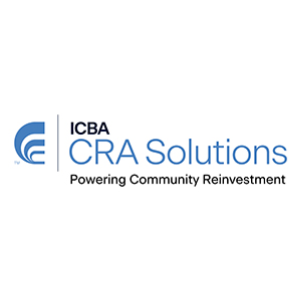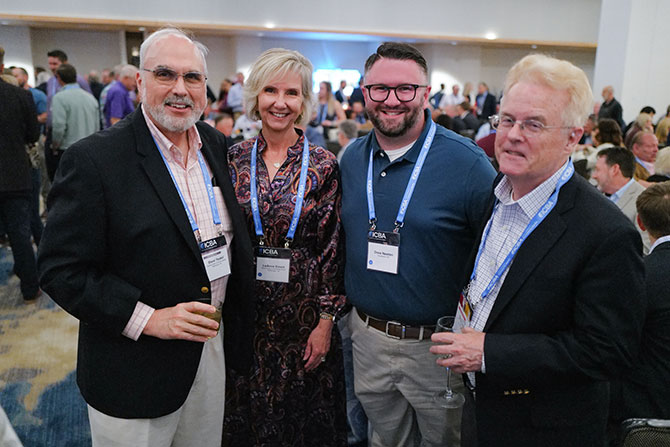Have you ever been told “Bless your heart!” after talking about a challenging situation? Being from the South, this is what comes to mind when a banker tells me they’ve just been gifted with the title of “CRA Officer,” along with all their other responsibilities. CRA requirements and compliance are evolving; therefore, learning the basics of CRA is critical.
If your bank is an HMDA and/or small business reporter, the first thing your examiner will typically do at the onset of a CRA exam is perform a data integrity review of your HMDA LAR and your small business loans. If your error percentage is above 5%, this sets the stage for the CRA exam and … bless your heart! It’s probably not going to go well. Review every loan to ensure the loan is coded correctly and that all reportable fields for CRA match the application or other supporting documentation. Depending on the volume of loans, this could be a full-time job, but the results are worth the money and effort to ensure your data is accurate.
Most intermediate-small and large banks are required to report their Community Development activities for consideration by their regulator at exam time. The big question is always “How much is enough?” Your last Performance Evaluation (PE) should be a good indicator. If they used words like “poor” or “adequate,” you need to step up your game. Set goals for each assessment area based on your last PE as well as your deposit market share in each assessment area. Review your peer bank PEs as well. This is a good indicator of opportunity for the market, and it can give ideas for your own CRA program.
The partnerships we create can go a long way in alleviating the stress of finding CRA-qualified activities, or it can hinder them. At the beginning of each year, create a road map of where you want that year to lead you, based on a needs analysis and assessment area analysis. Next, find the best of the best non-profit organizations that can help you implement. Examiners like “trifecta” relationships, one where the bank has made a loan, provided a service and donated to the CRA qualified organization. This denotes a true “partnership.”
Document, document and document! That’s a critical piece of CRA that many either don’t do or aren’t doing enough. Your community development activities must be documented to not only prove CRA qualification but also prove that an impact was made by the activity. If you can’t describe the impact, then you probably aren’t going to impress the examiner with the activity. Often, the impact can be demonstrated through photos. If a financial education class is taught, take photos of the event. This not only shows the number of participants but also demonstrates their attention to the teacher and the topic.
Examiners are going to review each of your assessment areas to determine the opportunity to provide CRA qualified activities. They make this determination via many factors that include demographics, competition, economic conditions, peers and your bank’s product offerings. Give the examiners the answer to these questions at the beginning of the exam. For those areas where it may appear the bank is deficient, discuss the deficiencies and what steps the bank has taken to mitigate them. This is all included in the CRA Self-Assessment (SA). The SA gives the bank an opportunity to talk about their successes as well as explain the reason for deficiencies. Include your market leaders’ input in the SA. If a business closes in a small town and it eliminates jobs for low- and moderate-income people, then this is going to affect the bank’s ability to lend. Your market leaders can relay this information to you so it can be documented in the SA. If you aren’t making mortgage loans to low-income people, provide financial education in that market and document that in the SA. This is your opportunity to brag about your successes, opine on any perceived deficiencies and, as the examiners always say, “Tell your story.”
Next, provide training on CRA for employees. I recently heard a CRA officer say they only provide an annual computer-based training. This is important but it’s not enough. In-person training allows you to have the full attention of your audience, and they are more likely to ask questions. Include branch managers, presidents and commercial lenders. All these people are integral to a successful CRA program. Also, provide annual training for your board of directors. They need to understand CRA at a high level and know how the bank is performing related to CRA. Document all CRA training efforts and provide this information to the examiner at exam time.
Lastly, don’t wait until the exam to get to know your examiners. Develop a relationship with them throughout the exam period. Suggest that you meet with them on a quarterly basis to discuss your CRA program, deficiencies and new product or program considerations. Also, get to know the regulators’ public affairs person in your area. They can also assist with strengthening your program.
Though CRA is a federal requirement for banks, it can also have a positive impact on our communities. When the job seems never-ending, think about the lives you impact and the areas that are improved by your efforts. The “Bless your heart” moments won’t seem quite so bad, and your bank will benefit both in reputation and in exam ratings.









